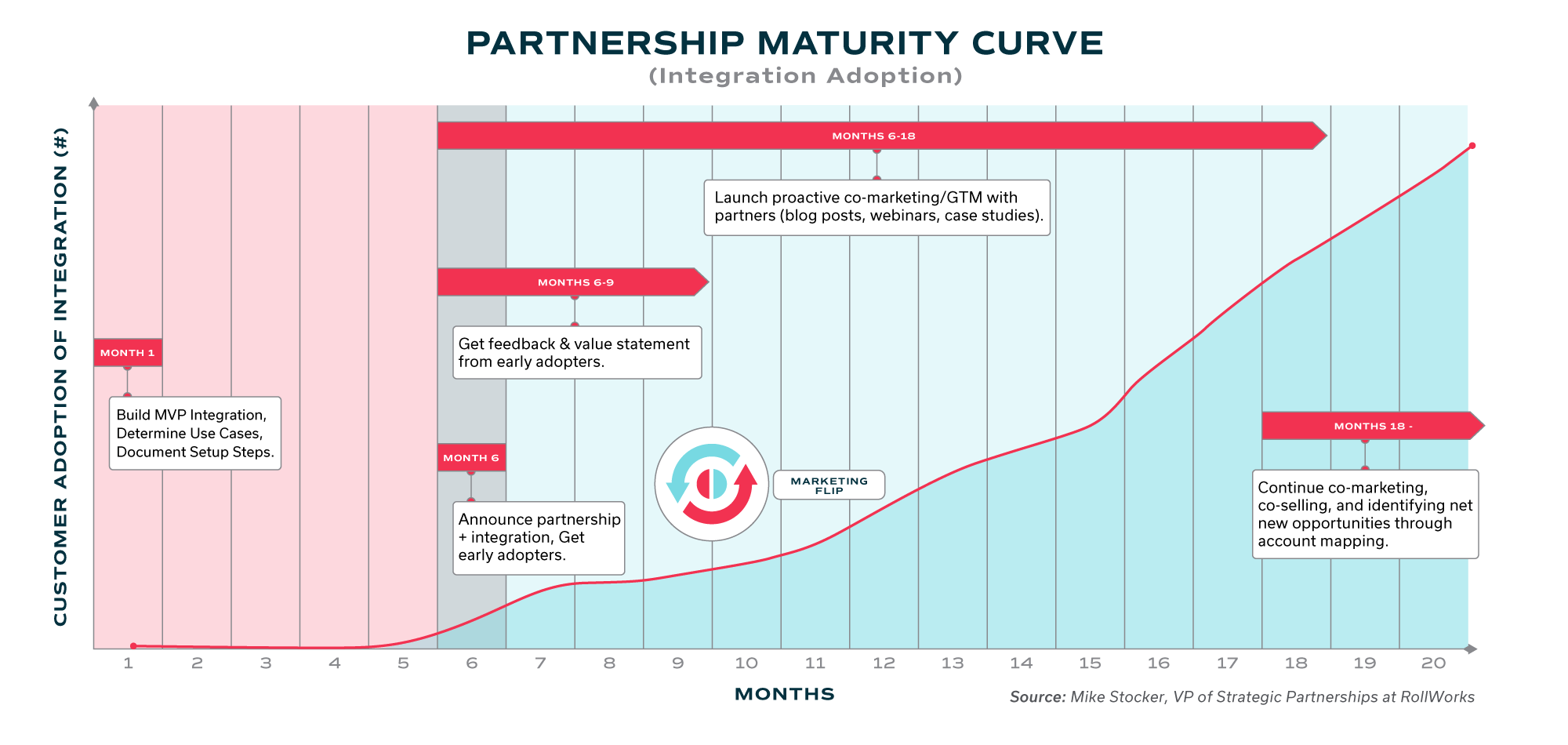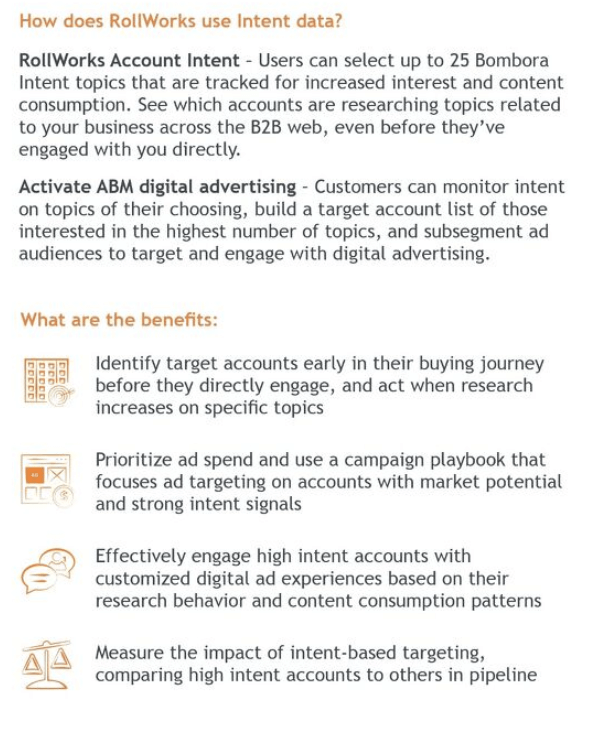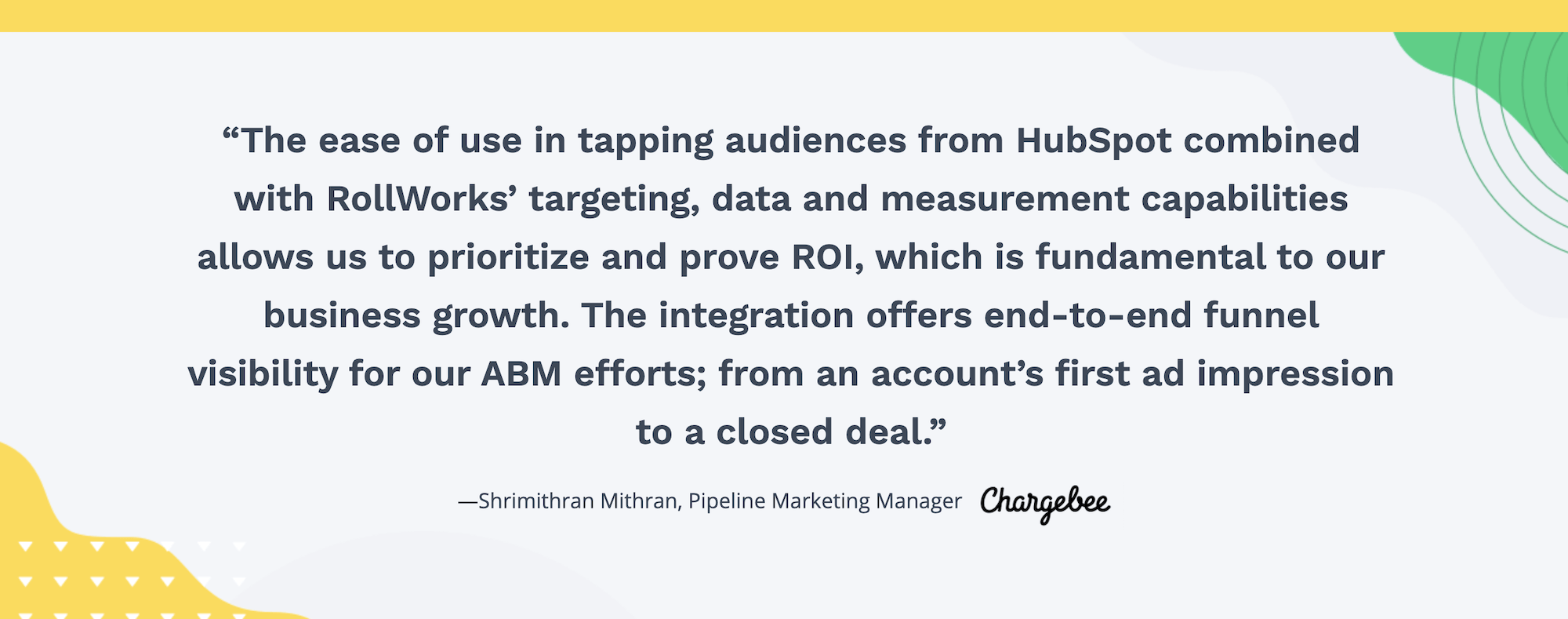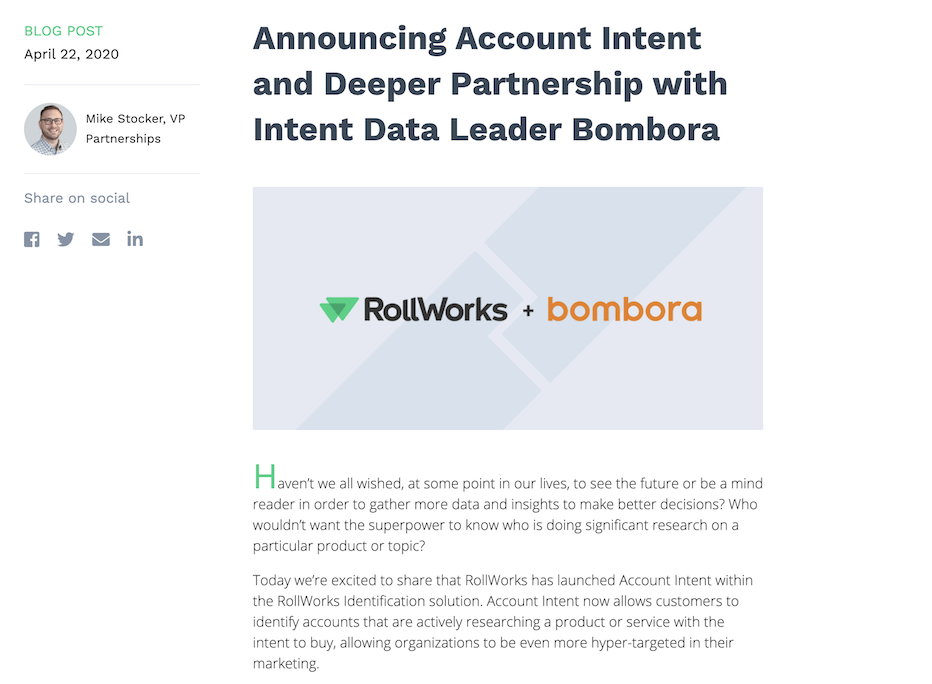When you have a handful of tech partners, when’s the right time to make the “co-marketing flip”? You know, the switch from handling co-marketing requests that satisfy a need from your partner or customer to creating content that actively engages more adopters.
Is there a rhyme or reason for investing in more creative, big-vision co-marketing at a particular time in a partnership’s life cycle?
In the early days of a partnership, your co-marketing tends to be foundational and product-focused. You’re likely developing integration one-sheets, setup guides, creating website copy for your new partner page, and defining the messaging for your customer success team to properly communicate the integration’s joint value.
Then — at some point — your co-marketing should become proactive and content-focused. You and your partner initiate blog swaps, webinars, and events, for example, while promoting the integration to a wider net of your mutual customers and prospects. These initiatives comprise longer co-marketing campaigns lasting months, if not years, and require long-term planning from both you and your partner.
So, when should this “co-marketing flip” happen?
Mike Stocker, VP of Strategic Partnerships at RollWorks, says you should flip your co-marketing efforts from foundational to proactive sometime between the six-month to one-year mark in any strategic partnership. In his experience building partnerships at Marketo, Vidyard, Facebook, and now RollWorks, Stocker has analyzed the life cycle of many tech partnerships. As a result, he’s developed a partnership maturity curve that pinpoints exactly when the “co-marketing flip” should happen to maximize integration adoption.

Since RollWorks and Bombora made the co-marketing flip, their integration has gained hundreds of adopters — and that number continues to grow steadily. That’s more than 50% of RollWorks’s customer base who are now leveraging the integration.
Chuck Crnoevich, VP of Partnerships at Bombora says, “The RollWorks partnership has seen some of the fastest adoption growth I’ve seen with any partnership I manage at Bombora. I attribute that to a strong joint solution, market-product fit, and incredibly close collaboration between our product, sales, customer success, and marketing teams.”
Crnoevich adds, “The last piece has been incredible. I’ve seen a lot of partnerships that make sense on paper fall short of goals when the teams don’t communicate regularly and are truly invested in helping each other win.”
Stocker uses his partnership maturity curve for every partnership he develops. Following the curve —
and adhering to the timing of the “marketing flip” — can help you put logic behind the decision to engage your partners in more extensive co-marketing campaigns (or not). Otherwise, you may miss opportunities to increase integration adoption after putting extensive work into its development. In fact, Stocker says, “You cannot have a successful partnership without a thorough co-marketing and a go-to-market plan.” — so much so that 30-60% of RollWorks’s marketing activities are partner-related.
In fact, Stocker says, “You cannot have a successful partnership without a thorough co-marketing and a go-to-market plan.” — so much so that 30-60% of RollWorks’s marketing activities are partner-related.
Around the time of the flip, you should develop a long-term co-marketing calendar that outlines each marketing output you and your partner will launch and when for the upcoming year. Make sure your team and your partner’s team can support the projects in advance and, if not, revisit and adjust the calendar.

A template for RollWorks’s co-marketing calendar with partners.
Image courtesy of RollWorks.
“To grow a partnership, there needs to be a heartbeat — something almost every month to make the partnership successful,” says Stocker. “So you need to propose to those partners, ‘Here’s what I want to do in January, here’s what I want to do in February, here’s what I want to do in March,’ and then make the work-back schedule to make sure that’s happening.”

Stocker says, “This is where partner marketing teams struggle all the time because it’s really hard to commit to these campaigns ahead of time.” The “co-marketing flip” serves as a signal to have a more involved conversation with your partners in order to develop a clear co-marketing roadmap that each partner commits to.
“Each partner goes through that same evolution cycle. It’s almost prescriptive. I know exactly where we are with our 20+ partners. They’re all on some point of that growth line, and it’s our job to grow them up and to the right,” says Stocker.
Let’s get into the partnership maturity curve in detail.
Before adoption phase: Build the MVP integration
During the beginning phase of your tech partnership, you and your partner should determine the joint use cases for an integration and build the minimal viable product (MVP) integration. Up until the “early adoption” phase, your co-marketing around the MVP will be product-focused and foundational in nature.
In order to identify your potential early adopters, you’ll need to map accounts with your partner. You can use Crossbeam for free to see which of your customers overlap with your partner’s customers. For example, if you’re partnering with, say, the video hosting platform Vidyard and you have 30 joint customers, you’ll want to look at that list of accounts to determine:
- Which overlapping accounts would benefit most from the integration
- And which of those accounts have the best relationships with your team and your partner’s team
The resulting list of customers will help you discern who to look to for potential case studies as they leverage the integration.
Once you’ve got your MVP ready, work with your partner to create marketing materials that will help your early adopters use the integration successfully.
You may decide to create a “package” to share with your early adopters that includes onboarding collateral, integration one-sheets, an on-demand demo, and a step-by-step video explaining what the integration is. Your customer success managers can share these marketing materials in direct e-mails to your participating adopters, and your team can then repurpose them for your upcoming partner page.
Early adoption phase: Get feedback and value statements from your strategic customers
It’s go time. Have your customer success managers take your new MVP and the basic documentation you’ve created to your early adopters — and enable those customers to use the integration within their native workflows and tech stacks.
In exchange for early access, ask your customers to give you honest feedback on what’s working and isn’t working in the integration. They can call your attention to bugs existing in the software, gaps in the integration’s user-friendliness, and must-have features they’d like you to build out in the future.
Prior to the co-marketing flip with Bombora, for example, Stocker’s team focused on getting feedback and value statements from early integration adopters — giving their partnership teams and developers time to fix any issues and improve functionality in the integration while gathering customer statements that would help them show the integration’s success.

Excerpt from a one-sheet on the RollWorks-Bombora partnership. Image courtesy of Bombora and RollWorks.
“The first six months are pretty much reactive or foundational. You’re doing these things that are prescribed,” says Stocker.
You may be creating co-marketing materials around how the partnership works — including video content, joint-solution demos, or co-branded graphics for each partner’s partner page. Or, you’re using customer feedback to fix bugs, improve functionality, and adjust your messaging for future co-marketing collateral.
All of these co-marketing materials are important, but they’re operational and product-focused in nature —
serving as a requirement for laying the foundation for the partnership.
Once your early adopters have tested the waters and you’ve put their feedback to action, you can ask them to provide value statements. These value statements can include a quote from them about the success they’ve experienced using the integration or a more involved case study detailing how they’ve used the integration to achieve specific results.
For example, check out this quote from Nick Ezzo, VP of Marketing at Auditoria AI, on RollWorks’s integrations with HubSpot, Salesforce, and Sendoso.
 A customer’s value statement featured in a RollWorks press release.
A customer’s value statement featured in a RollWorks press release.
Image courtesy of PR Newswire.
And here’s another value statement from Shrimithran Mithran, Pipeline Marketing Manager at Chargebee.
 A customer’s value statement featured on RollWorks’s HubSpot partner page.
A customer’s value statement featured on RollWorks’s HubSpot partner page.
Image courtesy of RollWorks.
The co-marketing flip: Get methodical with your co-marketing campaigns
With more confidence around your integration and value statements to back you up, you’re ready to share the news with the world. The first step? Develop a press release.
You can use pieces of your customers’ value statements — like quotes or specific analysis — to provide context and a stronger case to those learning about the integration for the first time.
Have an awesome case study with a customer and your partner Zapier? You’re probably going to want to make some noise about that the day of the announcement.
Publish your press release on a distribution site like Business Wire or PR Newswire, and announce the integration publicly through your website, email newsletter, and other marketing channels. At this point, you’ll start getting inbound inquiries from your customers who are interested in the integration.
This is also the time to get proactive with your outreach to your customers. Utilize your list of overlapping customers from Crossbeam, and start spreading the word about the integration to those accounts.
To reach those joint customers through additional channels, you’ll want to develop a fully-fledged, long-term co-marketing campaign. It’s time to get creative and make the flip from passive to active.
“When you get proactive is typically about six months into a partnership. We’ve got an integration to talk about, value statements, and some of the basic components of our co-marketing collateral and now we can start planning ahead and being methodical about this,” says Stocker.
Stocker made the “co-marketing flip” with Bombora in April of 2020 immediately upon announcing the new “Account Intent” integration on businesswire. That same day, RollWorks announced the integration on their website with this dedicated blog post and Bombora announced the integration here.
Then, in June of 2020, RollWorks and Bombora hosted a webinar (now on-demand) titled, “5 Ways to Act on Intent With ABM” and RollWorks published a blog post featuring Bombora.
 An excerpt from RollWorks’s blog post announcing their partnership with Bombora.
An excerpt from RollWorks’s blog post announcing their partnership with Bombora.
Image courtesy of RollWorks.
As part of the co-marketing flip with one of your partners, you might plan:
- A series of webinars to walk your customers through specific use cases
- A blog swap that involves your team publishing content on your partner’s blog and vice versa
- And joint case studies to publicize success stories with real customer data
Psst! If you’re looking for a great example of a joint case study, check out this one featuring BF Goodrich Tires and their success leveraging Salesforce and Facebook to achieve a 40% lower cost per lead. Or this one where Wicked Good Cupcakes reported a 48x boost in leads in just over three months using Zapier and Facebook together.
It’s when you’ve kicked off these co-marketing initiatives that you’ll begin seeing your joint customer integration adoption trend steadily upwards.
“You look at doing joint blog posts, you look at doing a webinar together, to continue the flywheel and this upward trend of driving adoption numbers up from 10, 20, 50, 100s, and more.”
Stocker notes that the partnership maturity curve isn’t just applicable to new partnerships — it can help you revive old partnerships as well.
“It’s revisiting the integration and updating it, and guess what, that same cycle starts again,” says Stocker. “The key to partnerships is keeping it alive, keep the heart beating — re-invigorate integrations by leveraging customer feedback so they don’t get stale and they continue to provide value.”



